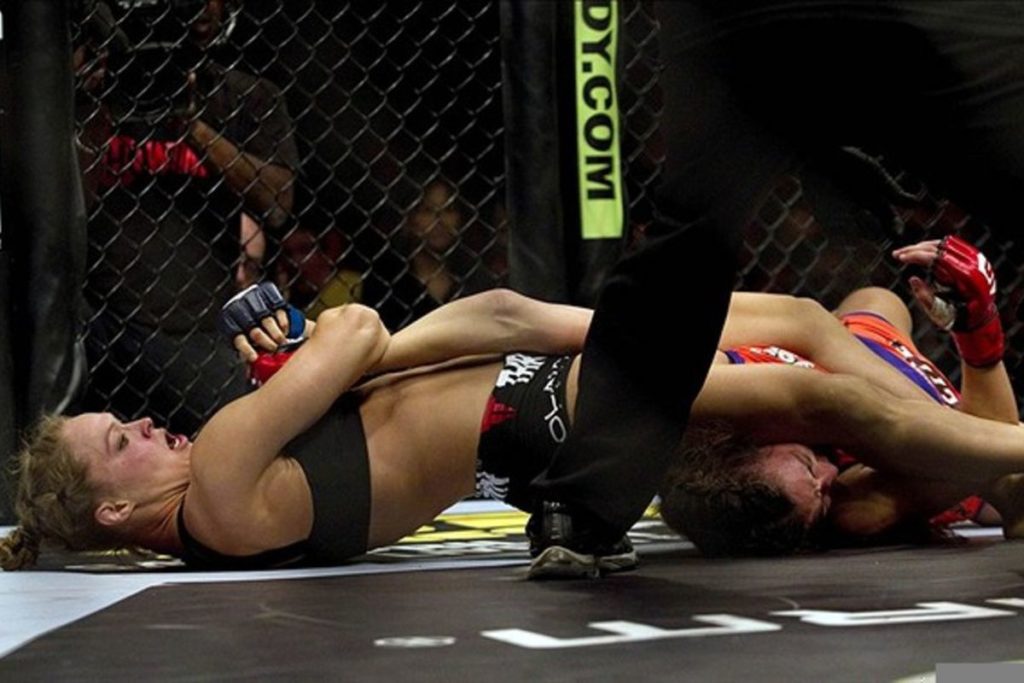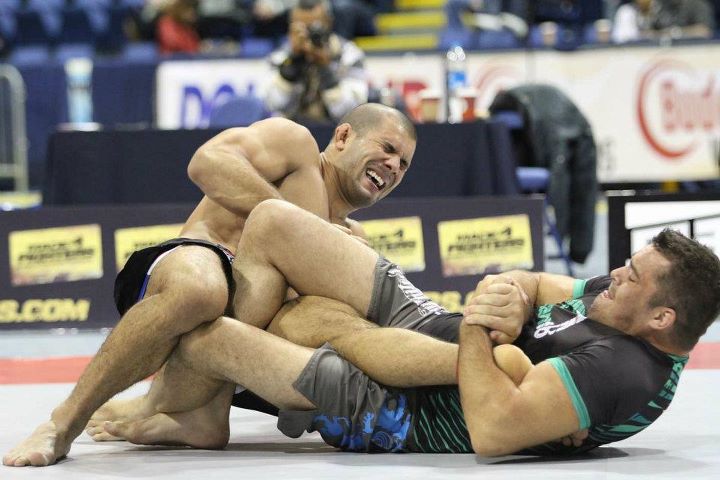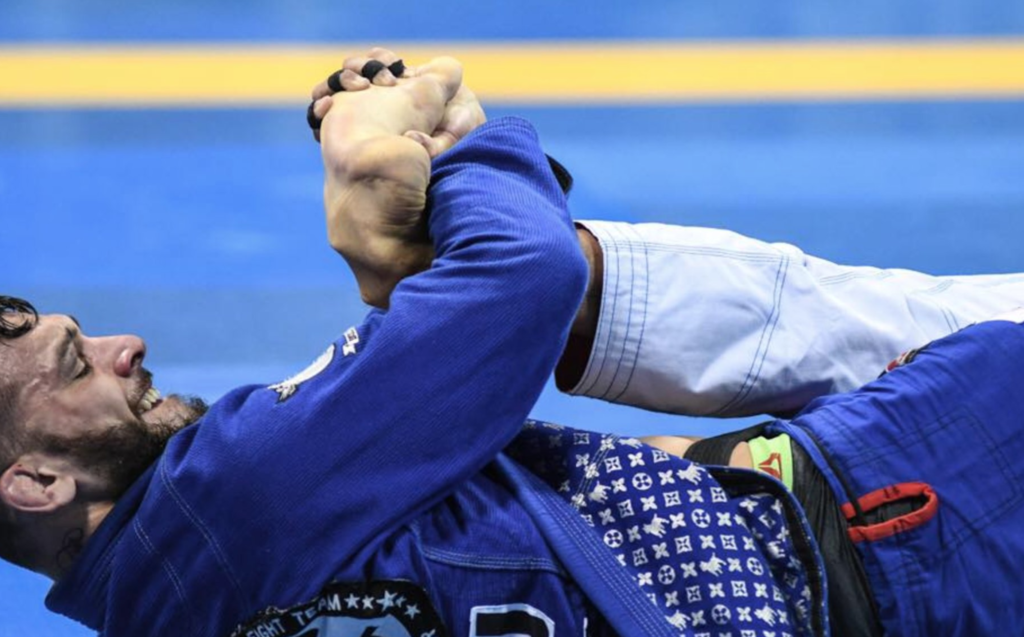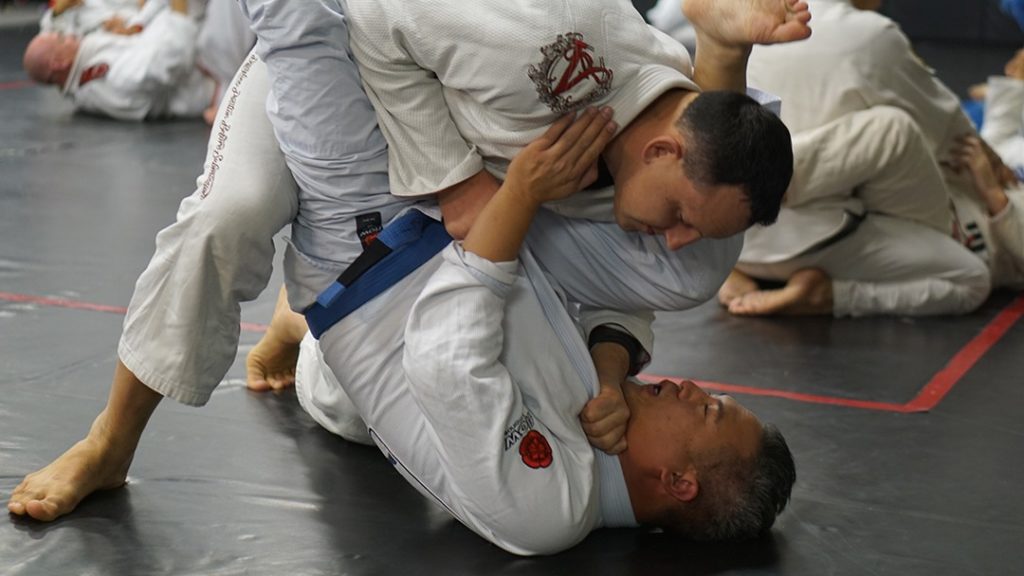They call Brazilian Jiu-Jitsu “Arte Suave” or “The Gentle Art”. While in most cases it is more gentle than it’s other grappling counterparts, Judo and Wrestling, gentle on your body it is not. If you’ve been training Jiu-Jitsu over a long period of time, you will have picked up a few injuries along the way, how severe your injuries do depend on how intense your training is. Do you go flat out in your training or do you try and let things flow and see where they go. Do you hold out that little bit longer in the armbar or do you tap early and tap often? Being sensible when you train is the key to a (mostly) injury free life.
In this article, we look at some of the most common injuries in Brazilian Jiu-Jitsu, how they occur and how you can minimise the rise. Just this remember this quote from black belt Chris Haueter when you’re laid up not being able to train, “it’s not about who’s good, it’s about who’s left.”
Common BJJ Injuries and How to Prevent Them
Hyperextension

Hyperextension occurs when synovial (hinge) joints such as an elbow or a knee, get bent beyond the normal range of motion when the join is straight.
Hyperextension injuries commonly happen during submissions which attack the synovial joints, the two main ones being armbars for the elbows and knee bars for the knees.
During these submissions, the synovial joint is straightened and then further extended past the locked out phase to cause pain and discomfort.
How To Prevent It
To prevent hyperextension injuries, the person must either stop their synovial joint from being extended past the range of motion, or tap before hyperextension is reached. During armbars or kneebars, the pain of hyperextension is quite obvious, meaning there is enough time to tap before any permanent damage is done.
Torn Ligaments

Torn Ligaments can happen from numerous things during grappling, but the most common are performing incorrect techniques and rotational submissions. You will regularly see wrestlers with heavily strapped knees, this is often due to the explosive power it takes to perform a wrestling technique.
Blown knees most commonly happen with wrestling techniques but rotational submissions are also a big cause of ligament damage. The most notorious of all submissions is the heel hook. The heel hook causes rotational damage on a person’s ankle and knee meaning that the joints and ligaments are put under significant stress, causing them to stretch, tear or snap.
How To Prevent It
The best way to prevent damaging your ligaments is to start before there are any problems. By that, we mean strength and conditioning. Squats, deadlifts and anything really, start slow and build your way up. Over time your muscles will become strong around your tendons and also your tendons will become stronger. Strength and conditioning routines are also great for rehabilitation purposes.
Another good way of preventing ligament damage is something which will be repeated often throughout this post is to tap early and tap often. If you’re caught in a tight heel hook, save your ego and your limbs and tap.
Broken Bones

Broken bones are a rarity but they do happen, I’ve seen a dislocated knee happen from a warmup, it was grim. Broken bones can happen from heavy impact or once again, submissions. There are too many videos of people holding onto submissions during competitions, only to have their limb broken because they didn’t tap and wanted the glory. Now I don’t know what it would mean to get that world championship, and I probably never will but, too often you’ve seen someone hold out a kimura or toe hold, only for it to go crack.
How To Prevent It
Regarding submissions, tap quickly, tap often. Enough said.
When it comes to breaks coming from impact, then we need to learn how to fall properly. One of the first things you should learn when it comes to Jiu-Jitsu is learning how to fall. Breakfalling has saved me on the mats and off the mats so many times I can’t count. So learn to fall.
Cauliflower Ears

The mark of a seasoned grappler, or rugby player, are the distinctive cauliflower ears. Cauliflower ears are caused when the ears receive impact damage, which causes the skin to separate from the cartilage. The space between the cartilage and the skin then fills with blood, causing swelling and discomfort. Treatment involves draining the ear using a needle and then compressing the skin and cartilage together so they heal and reconnect.
If untreated the liquid between the cartilage and skin will calcify and cause the recognisable cauliflower ear.
How To Prevent It
Look to stop your opponent applying too much head pressure in side control and always look to protect your head. If your ears do start to hurt then earing some ear protection during training will reduce any prolonged
Back Pain

Back pain is a common occurrence in Jiu Jitsu. Grappling is such an aggressive sport, which I can best describe it like weight lifting when the weights don’t want to be lifted.
Back pain commonly occurs when a guard player gets stacked and his opponent is barring all their weight down on them. This especially hurts the lower back, which is compressed considerably during the movement.
Back injuries can also occur during a poorly timed takedown if the attacker is using poor techniques and looking to lift with the back, not with the hips.
How To Prevent It
Good stretching and inversion drills help the back to become more flexible over time. Yoga for BJJ has an excellent course for anyone looking to help improve their back stability.
Strength and conditioning can also help increase back stability and also help prevent any damage.
